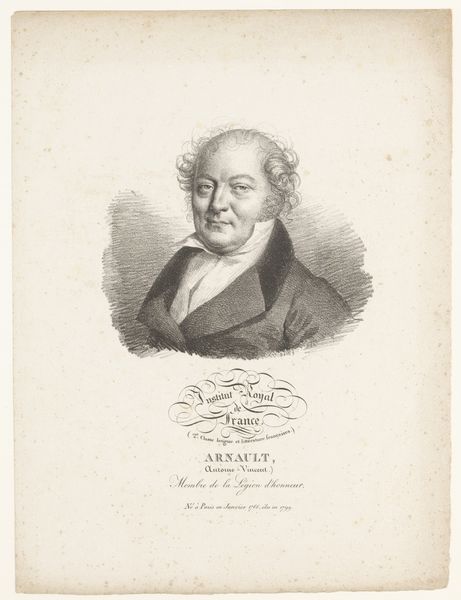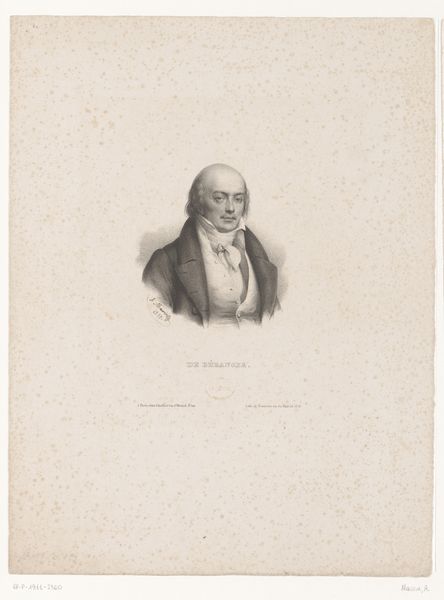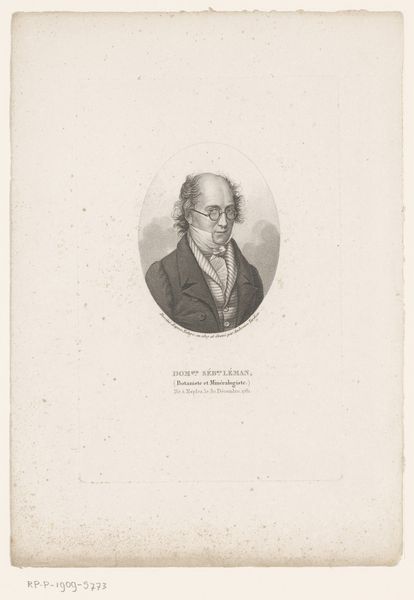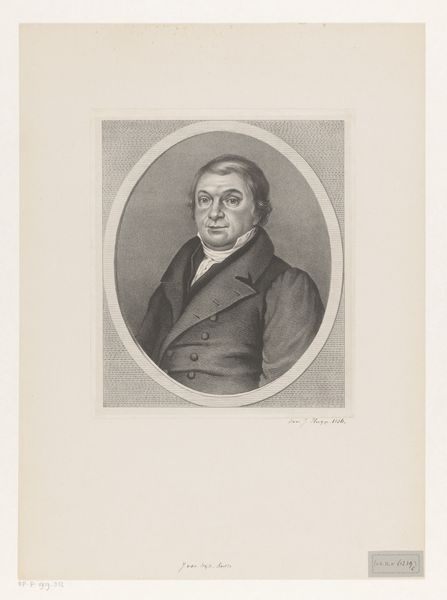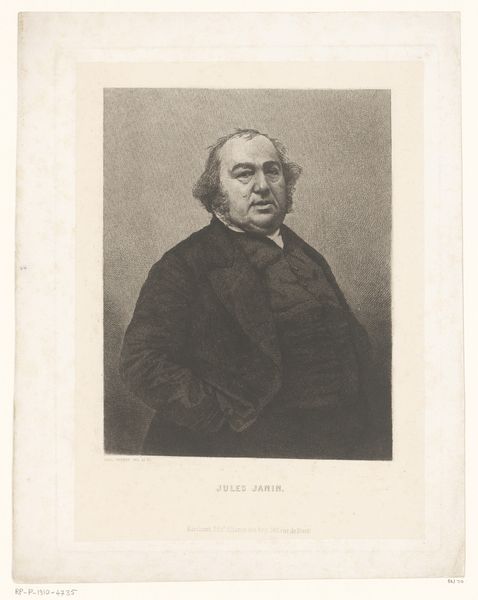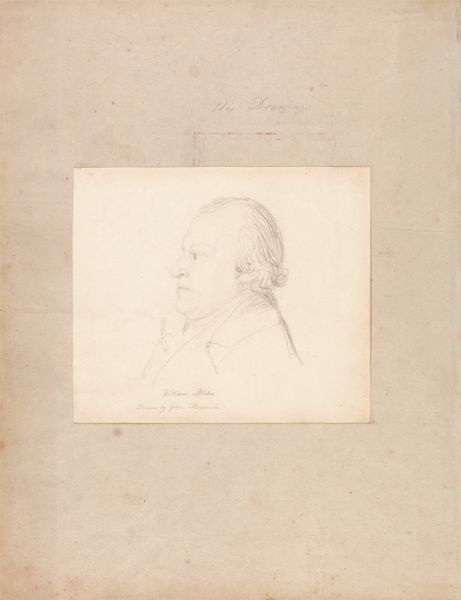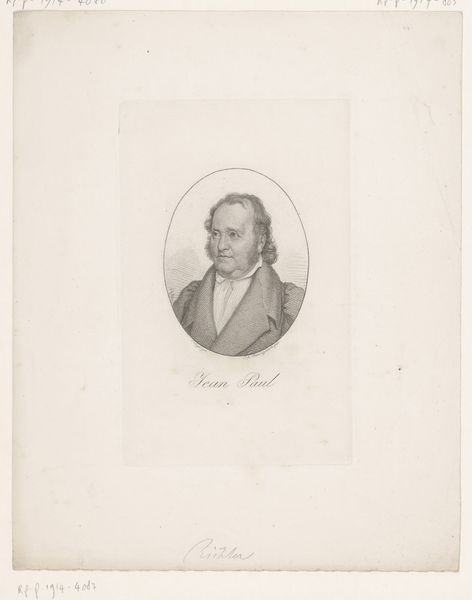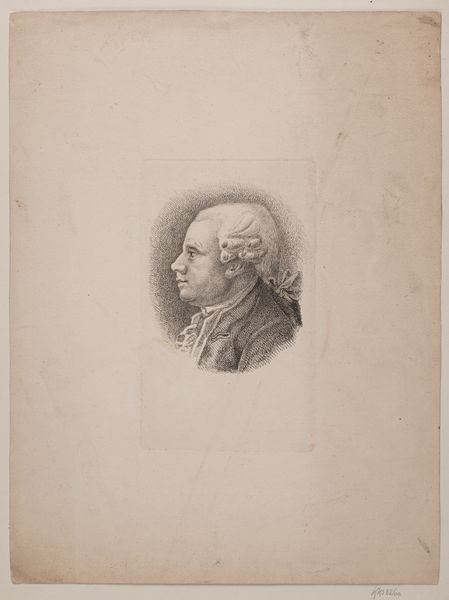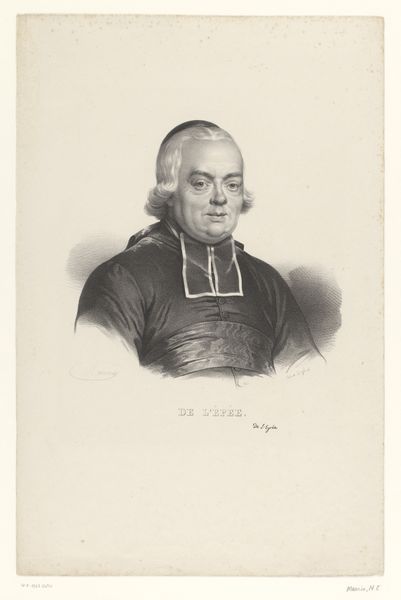
Portrait of Siegmund Wilhelm Wohlbruck (1762-1834) 1775 - 1850
0:00
0:00
drawing, print, graphite
#
portrait
#
pencil drawn
#
drawing
#
neoclassicism
# print
#
pencil drawing
#
graphite
#
portrait drawing
Copyright: Public Domain
This is Johann Gottfried Schadow's "Portrait of Siegmund Wilhelm Wohlbruck", created in 1822. Schadow, working in a Neoclassical style during a period of significant social change, captures Wohlbruck in a way that speaks volumes about identity and status in early 19th-century Germany. Wohlbruck's confident gaze and formal attire, including his eyeglasses, are all markers of his societal position. The detailed rendering, typical of the era, is not just a record of Wohlbruck's likeness, but also an assertion of his place within the social hierarchy. What’s most fascinating to me is the power dynamic inherent in portraiture of this time. Consider the relationship between artist and sitter, and the negotiation of identity that takes place. Schadow's work, while seemingly traditional, offers a glimpse into the complexities of representation and self-fashioning during a period defined by revolution, class tensions, and emerging notions of the self.
Comments
No comments
Be the first to comment and join the conversation on the ultimate creative platform.

